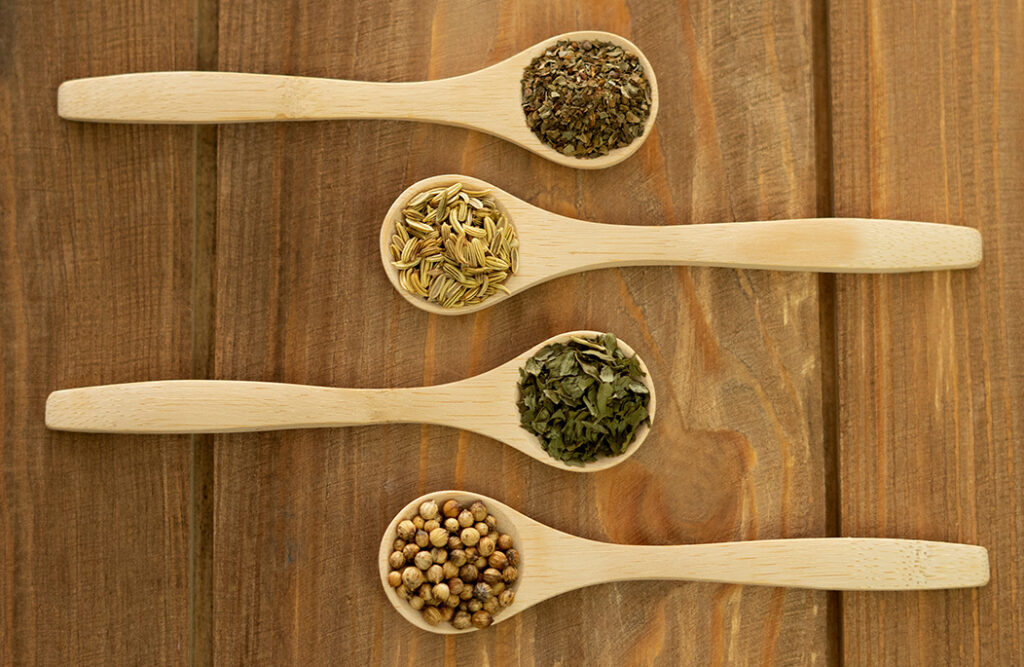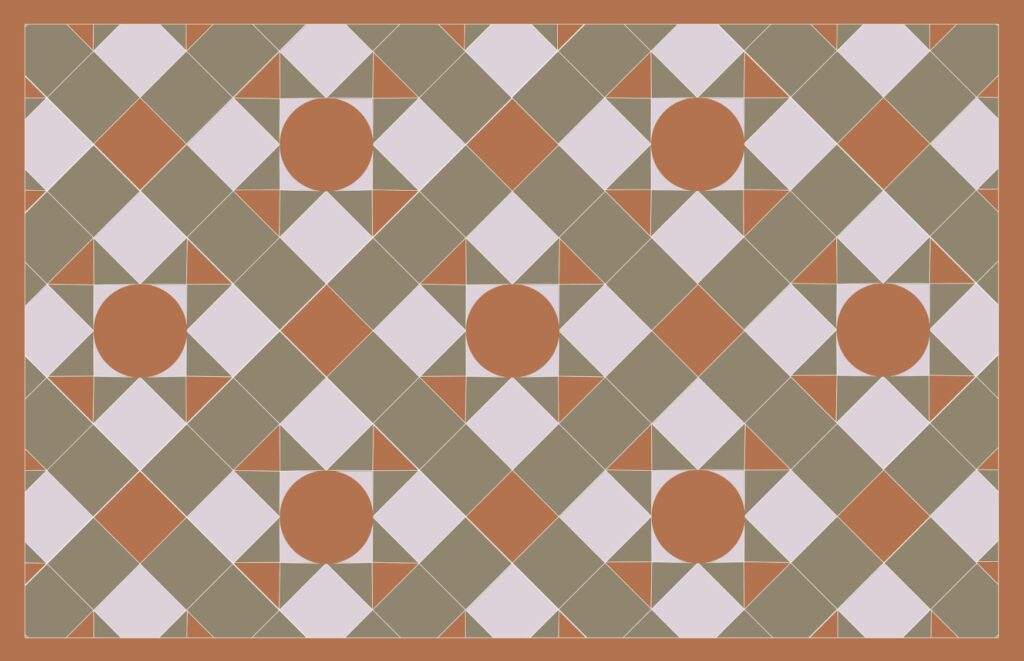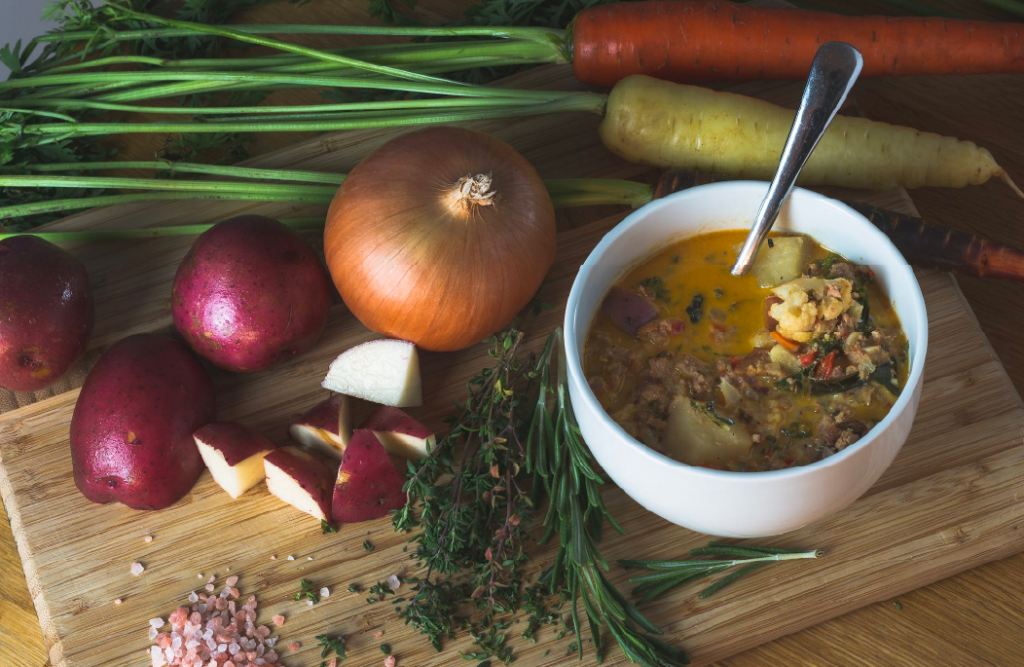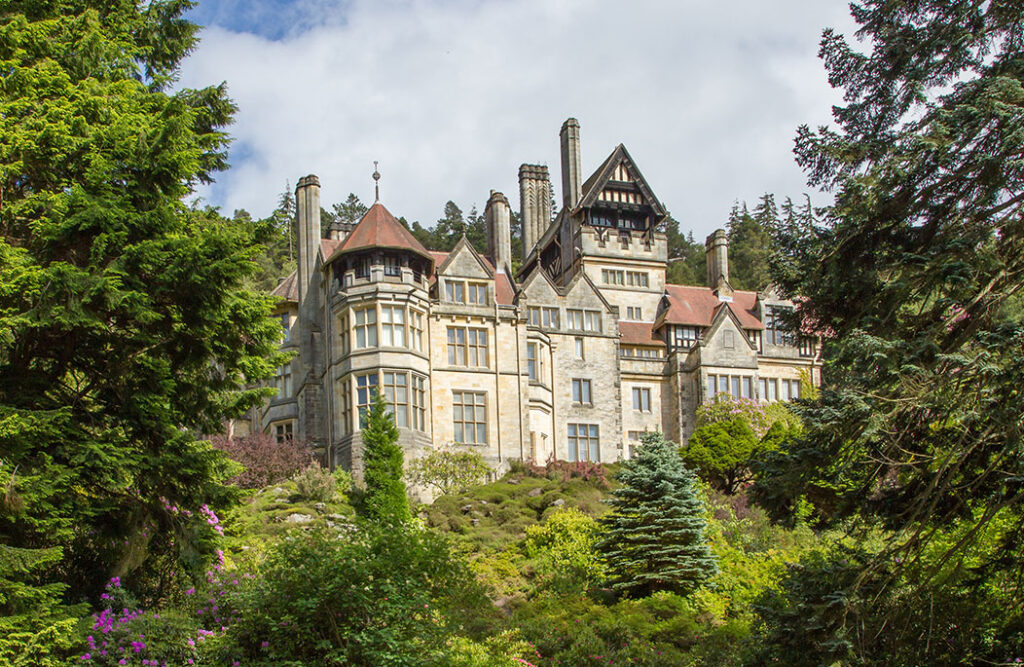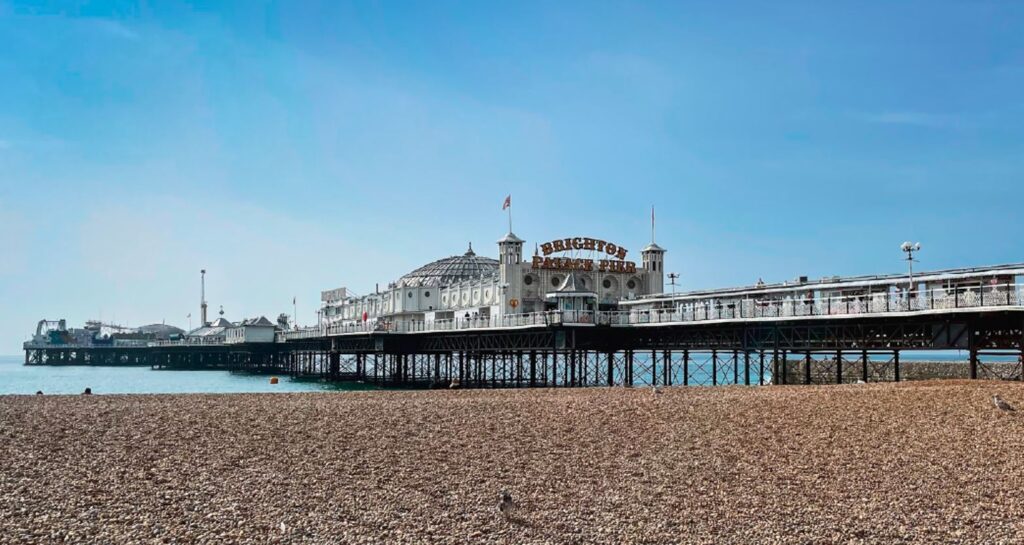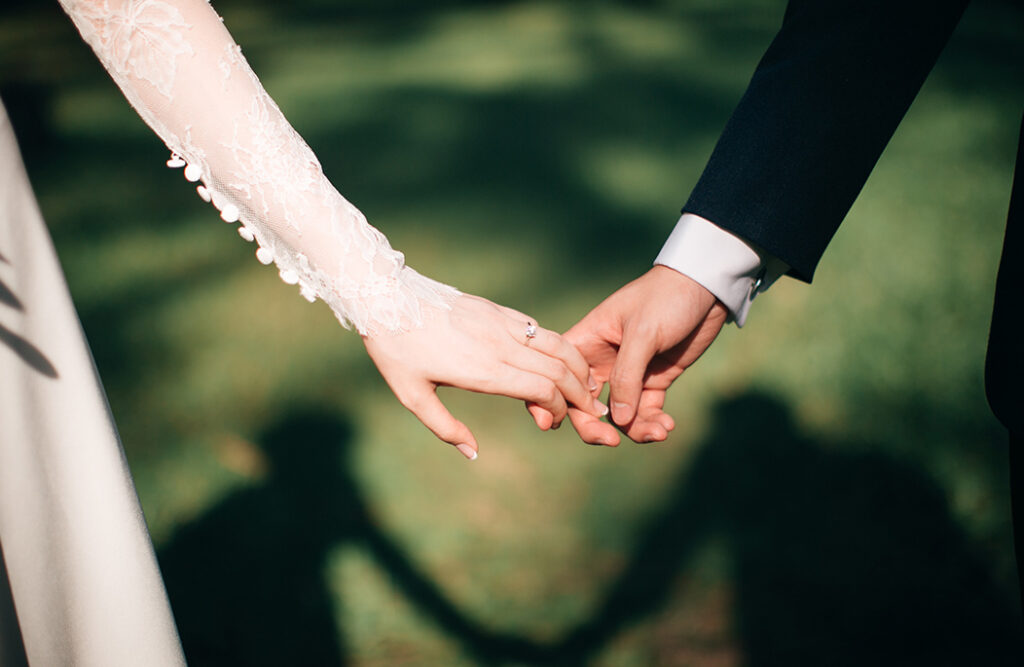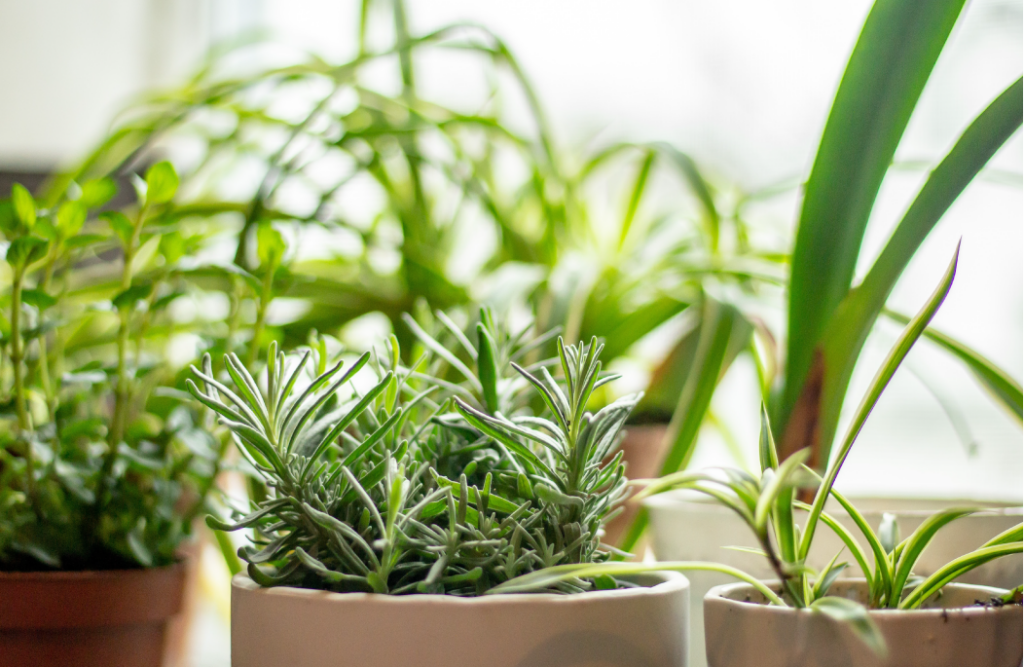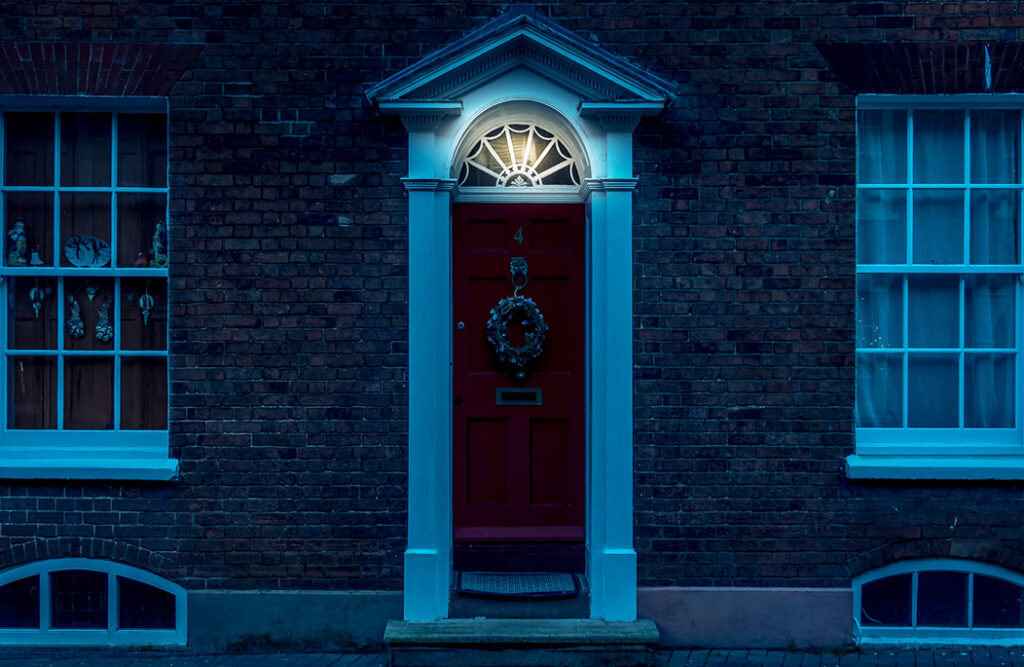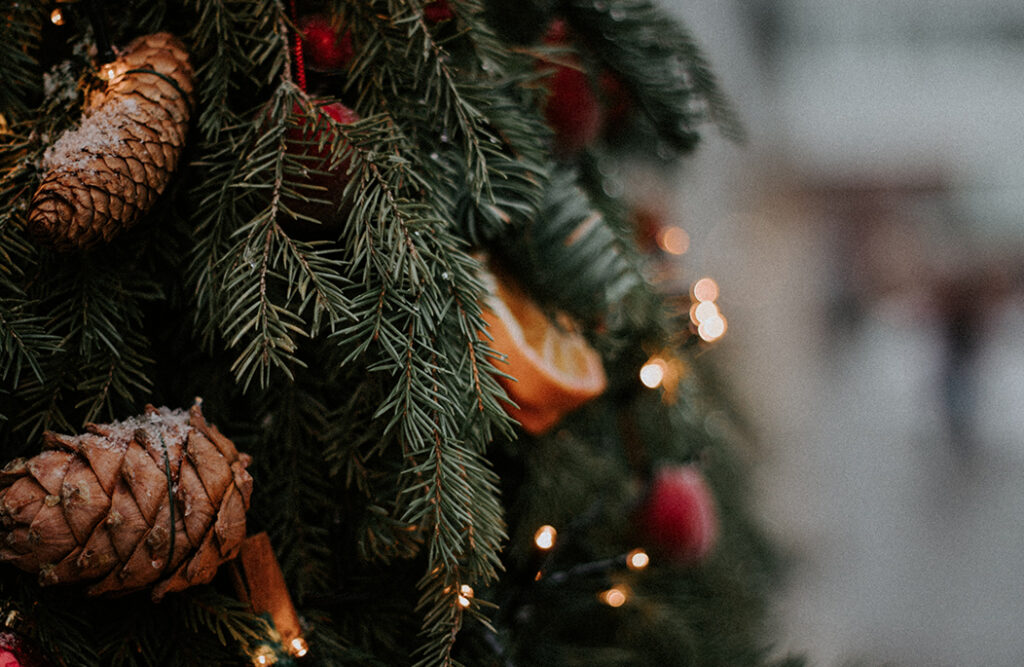The days of using herbs for medicinal purposes and not just for food and interior decoration may be long gone now thanks to modern medicine, but during the Victorian era, this was common practice.
Today if a doctor were to prescribe you with bee balm or catmint you would be within your right to question their methods, as you’re unlikely to find them at your local pharmacy.
Yet the Victorians believed in these methods and some still to this day swear by the following Victorian herbal remedies.

Bee balm
While bee balm is edible it is also medicinal and was used by Victorians as an antiseptic, diuretic, and as a treatment for colds, headaches and to reduce insomnia. Steam inhalation of the plant can be used for sore throats. Also known as wild bergamot, the plant is a fragrant addition to any herb garden and its flowers can be used in salads.
Catmint
Related to catnip, catmint can grow up to three to four feet in height and was used by Victorians as a tea to help them sleep and it was also used to ease colic in babies. Catmint should be sown or planted out in spring and thinned to at least a foot apart. It also thrives in containers which serve a dual-purpose – taming a plant that can often be an aggressive grower.
Chamomile
Chamomile, with its soothing properties and cheerful white daisy-like flowers with their yellow centres is much-loved when used in tea. It has anti-inflammatory and antibacterial properties, can be used in baths (dried flowers in a muslin bag hung over taps) and in herb pillows to help relax and ease stress.

Lavender
Lavender cleanses the skin and was used by Victorians as a treatment for spot-prone skin and to combat headaches and depression. It was also used as a nerve tonic, a compress for chest congestions and was an ingredient in the smelling salts used to revive swooning ladies. In the kitchen, cooks used it to make fragrant fruit jellies and vinegars and housekeepers would use lavender water to scent bed linen to aid sleep.
Dill
In cooking, only the leaves and not the thick stems are used. In addition to using dill in their kitchens, the Victorians also used dill to boost digestive health and relieve ailments such as insomnia, hiccups, menstrual disorders and flatulence. They also believed it relieved arthritis.
Feverfew
Feverfew was a popular Victorian medicine and cure used to treat headaches, arthritis and fever. It can easily be grown from seed and needs to be grown in a sunny spot, ideally in loamy soil. They can quickly overtake other plants, so be judicious with pruning. A perennial, the herb blooms between July and October.
Lamb’s ear
Lamb’s ear was an old-fashioned herb used by Victorians for insect stings and as a field dressing and poultice to make an effective bandage when clean fabric was unavailable. Grow in full sun and well-drained soil, spacing plants between one and three feet apart. Cut back flowering stems close to ground level after they have finished blooming and they will sprout healthy new stems and leaves.

Lemon balm
Lemon balm was used by Victorians to make a facial cleanser for people suffering from acne and was also used to stop the growth of bacteria and viruses. Used in tea, it is said to have a mildly sedative effect and ladies would put leaves into their handkerchiefs to sniff to repel odours.
Mint
Mint was used for insect bites and to revive people who had fainted. It was also used to strengthen gums, to help gout, to “clean foul ulcers” and to treat whooping cough. Commonly used for cases of sickness and stomach problems, mint is at its best in full sun in moist soil.
Rosemary
The Victorians adored rosemary, which was used in cooking and as a herbal remedy for ailments such as eczema and arthritis. It was also used to heal wounds, as a hair rinse for dandruff, as an air freshener, a rodent repellent and applied externally as an oil to help relieve pain from indigestion or stomach cramps.
Sage
Hugely popular in the 19th century, sage was used as a Victorian herbal remedy to treat sore throats on the basis it contains a natural astringent and antiseptic tannins. It was also used to treat dandruff and for “womanly issues”, in particular the menopause, and as an antibiotic, a diuretic and a culinary herb to flavour meats. It is a forgiving herb – the larger the leaves grow the more the flavour intensifies and, unlike many herbs, sage leaves are still delicious after the plant flowers.

To learn more about what methods the Victorians used and how else they used herbs you can download our free Victorian Homes eBook here.
If you own a Victorian property Adrian Flux can offer you bespoke insurance to ensure your home is covered against a range of problems.
